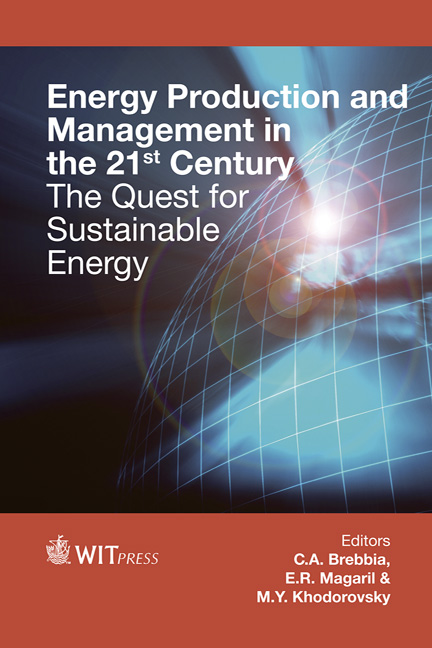Increasing Oil Recovery By Utilization Of AICV: A 3D Multiphase Simulation Study Of A Heavy Oil Reservoir With An Underlying Water Aquifer
Price
Free (open access)
Transaction
Volume
190
Pages
10
Page Range
1245 - 1254
Published
2014
Size
969 kb
Paper DOI
10.2495/EQ141162
Copyright
WIT Press
Author(s)
T. E. Haugen, A. B. Elverhøy, V. Mathiesen & B. M. Halvorsen
Abstract
Oil companies are focusing on the development of new technology to improve the recovery of oil in horizontal wells. Increasing oil recovery represents great financial gains which is important when production facilities are situated in costly locations where access is highly limited, such as offshore environments. One of the main challenges for oil production is when much of the oil in the reservoir has been produced; a breakthrough of either gas, water or both may occur. Breakthroughs lead to increased costs relating to the separation of fluids and operational costs in general. It may also result in the early shut down of the oil field, even though oil is still present. To reduce these problems, Inflow Control Devices (ICDs) is being heavily researched. The Norwegian company InflowControl has patented a new valve named the Autonomous Inflow Control Valve (AICV), which has a promising potential to increase oil recovery factors. Traditional ICDs will only delay the time of breakthrough, while the newly developed AICV will also close the valves, which are producing unwanted fluids. As stated by its name, it works autonomously which means that is it not controlled by any electric or hydraulic form of communication. Using ANSYS FLUENT 13.0, a horizontal well with four AICVs in a reservoir with an underlying aquifer was simulated in 3D. Special attention was given to production rates, breakthrough time and water migration within the reservoir and well. Different pressure resistance was set for each of the four valves to induce a realistic heel–toe effect, which appears by the varying production rates along the well ranging from 20–28 m³/d. The accumulated oil production when the last valve experienced water breakthrough was approximately 2300 m, which occurred after 22 days of production. Simulation of packers, installed in the annulus between the valves, appear to stop water migration in the annulus in a realistic manner. Keywords: 3D, AICV, CFD, IOR, heavy oil, heel–toe effect, packers, water breakthrough.
Keywords
3D, AICV, CFD, IOR, heavy oil, heel–toe effect, packers, waterbreakthrough.





